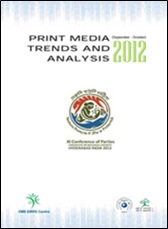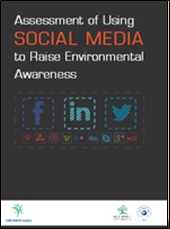KOZHIKODE: Giving more credence to the rising impact of climate change in the biodiversity hotspot of Wayanad, researchers have found that endangered frog species are moving up the mountains to cope with rising temperatures and drier conditions that have set in in their relatively low-altitude mountain habitats.
Experts said endangered bush frog species Raorchestescharius and Raorchestestinniens, have gradually moved uphill seeking cool and moist habitats as part of their survival strategy.
Anil Zachariah, a batrachologist (study of amphibians) who has been studying frogs in the Western Ghats for the past two decades, said that the two species found in the grassland mountain ecosystem in Wayanad have moved up their altitudinal range due to the impact of climate change. He said that a full-fledged study was needed to better understand the factors behind the upward habitat shift.
"Raorchestescharius, which was previously found inhabiting at an altitude of 900-1,500m in Chembra peak in Wayanad has now moved uphill to a higher altitude. It now shares an area that had been normally occupied by Raorchestestinniens. Meanwhile Raorchestestinniens have also further moved up the Chembra peak," he said, adding that climate change has already started affecting the breeding of bush frogs in Wayanad as they need moist conditions to reproduce.
"These frogs lay their eggs in moist leaf litter. They are particularly vulnerable to changes in rainfall pattern and rising temperatures as the eggs hatch directly into tiny froglets without going through aquatic tadpole stage," he said.
He said that the normal breeding of bush frogs was disrupted last season due to deficient monsoon. "They have become increasingly susceptible to fungal infections that is linked to increase in temperature," he added.
Raorchestescharius is listed as endangered as per IUCN classification as its area of occupancy is less than 500 sq km. Raorchestestinniens is also listed as endangered because its extent of occurrence is less than 5,000 sq km and its distribution is severely fragmented. This species is found only at Nilgiri Hills in Tamil Nadu and adjoining mountain landscape in Wayanad at an elevation of 1,700-2,000m above the sea level.
Wayanad is one of the four climate change hotspots in the state and listed as highly-vulnerable to the vagaries of weather. The major climate change trends observed in Wayanad include a weakening in the early phase of the southwest monsoon precipitation, increasing polarization of daily rainfall and increase in temperatures.
In recent years, Wayanad has seen an influx of various invasive species that are believed to be linked to the changing weather conditions.









